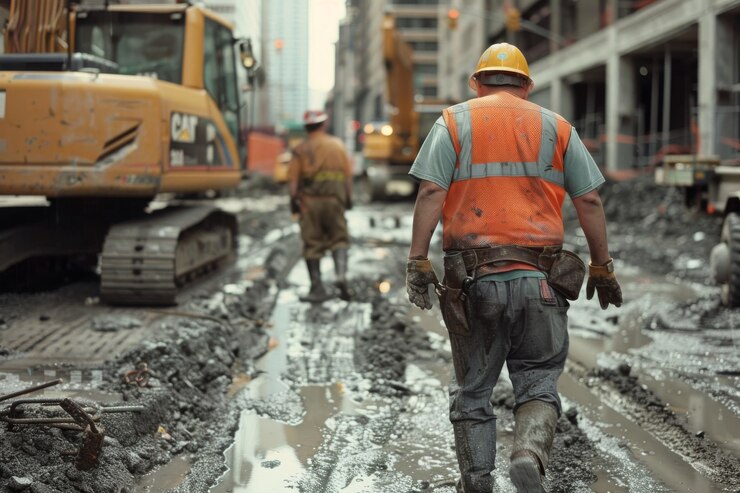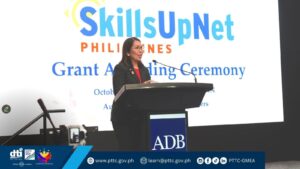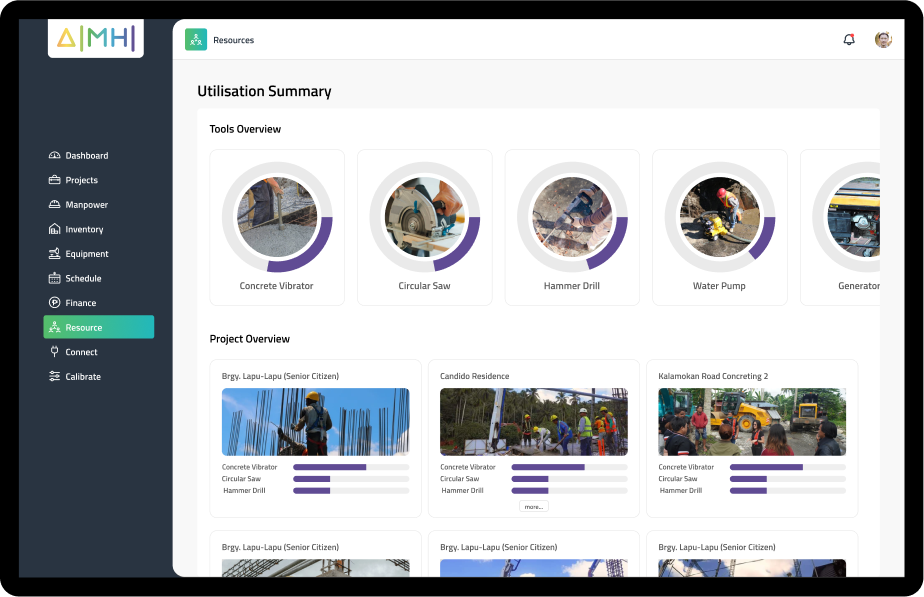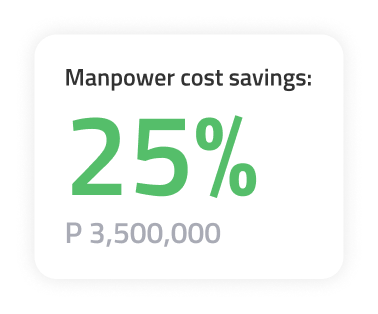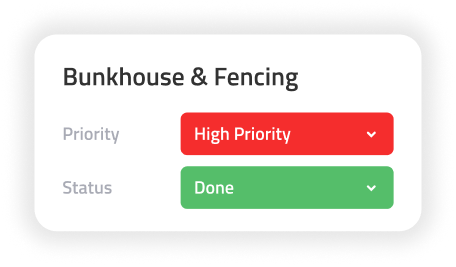Bad weather is a major cause of project delays in construction. Keeping your construction project on track amidst heavy rain, flood, and extreme heat can be a hurdle. Unexpected delays due to these natural elements can throw your entire schedule off, leading to frustrated clients and lost revenue.
Project delays due to weather are beyond the control of contractors, engineers, and the entire project team. However, there are proactive strategies you can implement to stay ahead of the curve. This article breaks down six actionable tips to ensure a smooth sailing construction flow, rain or shine.
Top Reasons Why Projects Are Delayed
Project delays in construction can be a headache for everyone involved. A study published in the Mindanao Journal of Science and Technology found that around 70% of 139 construction projects experience delays before completion with heavy rains being one of the top reasons.
The other common culprits for delayed construction project implementation in the Philippines include the following:
- The road right of way
- Change in resource quantities
- Peace and order
- Poor planning and scope
- Resource constraints
- Communication issues
- Risk management issues
- Task dependencies and complexities
- Changes in the project team
- Unforeseen circumstances
Uncontrollable weather circumstances create muddy worksites, hampered material deliveries, and unsafe working conditions. It also affected construction jobs nationwide in both private and public sectors.
6 Tips to Stay Ahead of Schedule in Construction
The pressure is on. Construction projects are notorious for falling behind schedule, leading to profit loss. Even with factors like unpredictable weather, there are proactive strategies you can implement to keep your project on track. Here are six key tips to mitigate the negative impact and potential loss of weather factors in construction.
1. Contingency Planning
The foundation for a weather-resistant construction schedule starts with thorough pre-construction planning. This includes meticulously outlining every step of the project and its timeline. AI-powered software like AIMHI can be invaluable in this stage, providing tools to estimate project timelines, resource allocation, and even potential delays due to historical weather patterns in your area.
A powerful new feature of AIMHI is its ability to divert the scope of work based on upcoming weather forecasts. Here’s how it works:
- Proactive Weather Analysis: This analyzes upcoming weather forecasts and identifies potential weather events that could impact your project schedule.
- Scope of Work Prioritization: AIMHI can then suggest tasks less susceptible to weather disruptions. These tasks can be prioritized and completed while waiting for favorable conditions to resume the originally planned scope.
- Real-time Monitoring: AIMHI continuously monitors weather forecasts and can recommend adjustments to the scope diversion plan as needed.
- Identify Weather-Sensitive Activities: Pinpoint project stages heavily reliant on good weather. This could be concrete pouring, foundation work, or roof installation. Having alternative plans or materials pre-approved for these activities allows you to keep the project moving even during downpours.
2. Clear Communication
Clear and consistent communication with all stakeholders involved in the project keeps everyone on the same page. This includes subcontractors, material suppliers, and of course, the client. Regular updates on potential weather delays and your contingency plans will keep everyone informed and prepared.
A centralized communication dashboard can be a powerhouse for clear communication in construction. This can be in the form of a single platform that displays real-time weather forecasts, readily accessible contingency plans, and up-to-date project schedules.
3. Embrace Adaptability and Technology
Unforeseen circumstances can disrupt even the best plans. That’s why it’s important to build flexibility into your construction schedule. This might involve scheduling buffer periods for critical tasks or having backup plans for weather-dependent activities.
AIMHI’s construction management software tools can track progress, identify potential bottlenecks, and adjust schedules in real time based on weather forecasts and on-site updates. This AI-powered solution provides ways to prevent delays in construction historical data analysis and proactive measures to mitigate unforeseen circumstances (like weather-related delays) before they even happen.
4. Preparation and Proactiveness
Anticipate potential weather disruptions by having essential supplies readily available on-site. This could include extra tarps, sandbags for flood prevention, de-icing materials for winter conditions, or even portable heaters for maintaining comfortable working temperatures during cold snaps. Having these supplies on hand allows you to react quickly and minimize downtime caused by unexpected weather events.
Regular maintenance is also key to keeping equipment running smoothly, regardless of the weather. Schedule routine inspections and maintenance for tools and machinery to avoid breakdowns or malfunctions caused by unexpected weather events. This proactive approach can save you valuable time and money in the long run.
Here’s another pro tip. Take some time to provide education among your crew on proper weatherproofing techniques and safety protocols. This might involve proper storage procedures for materials, safe operation of equipment during adverse weather, or emergency evacuation procedures in case of severe weather events.
5. Consistent Project Monitoring
An AI-driven project monitoring tool allows you to identify potential delays caused by weather disruptions as they occur. AIMHI provides the ability to generate catch-up plans in response to weather delays. For instance, when heavy rain disrupts the planned scope of work, AIMHI analyzes the real-time weather data and its impact on project progress.
Their Recommender System provides a customized catch-up plan. This plan outlines how to recover lost time and get the project back on track once favorable weather conditions resume. An established system for consistent project monitoring can help the project team adapt quickly to weather disruptions and minimize their impact on your overall schedule.
6. Build Strong Partnerships
No construction project exists in a vacuum. Success hinges on the collaboration of various stakeholders. Strong partnerships can keep you ahead of schedule:
- Early Collaboration with Subcontractors: Involve key subcontractors early in the planning phase. Their experience can be invaluable in identifying potential weather challenges and developing mitigation strategies.
- Open Communication and Transparency: Maintain open communication with all partners throughout the project. Share weather forecasts, contingency plans, and any schedule adjustments promptly. This transparency fosters trust and allows everyone to work together to find solutions when the weather disrupts the flow.
- Incentivize Timely Completion: Consider implementing incentive programs that reward subcontractors for completing tasks ahead of schedule, especially those susceptible to weather delays. This can motivate them to prioritize these tasks and minimize the impact of bad weather.
Conclusion
The unpredictable nature of weather can wreak havoc on construction schedules. However, by following these six key tips, you can transform your project from a rigid plan to a dynamic roadmap, prepared to weather any storm – literally and figuratively.
From meticulous pre-construction planning with AI-powered tools like AIMHI to fostering strong partnerships based on open communication and collaboration, these strategies empower you to adapt quickly to weather disruptions and minimize their impact. AIMHI’s proactive approach ensures your project stays on track and achieves success, rain or shine.
Learn more about harnessing AI’s potential in construction at AIMHI here: https://aimhi.ai/why-aimhi/

